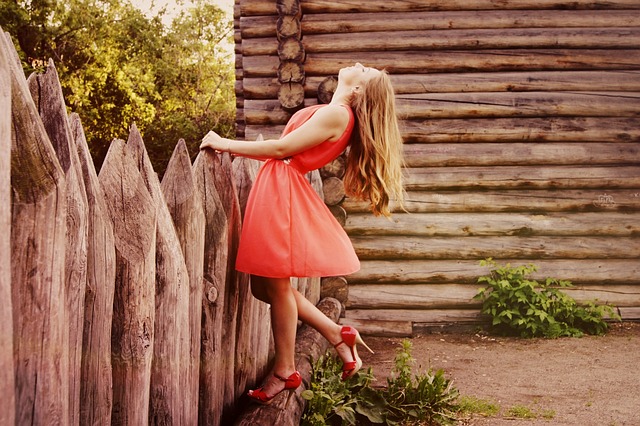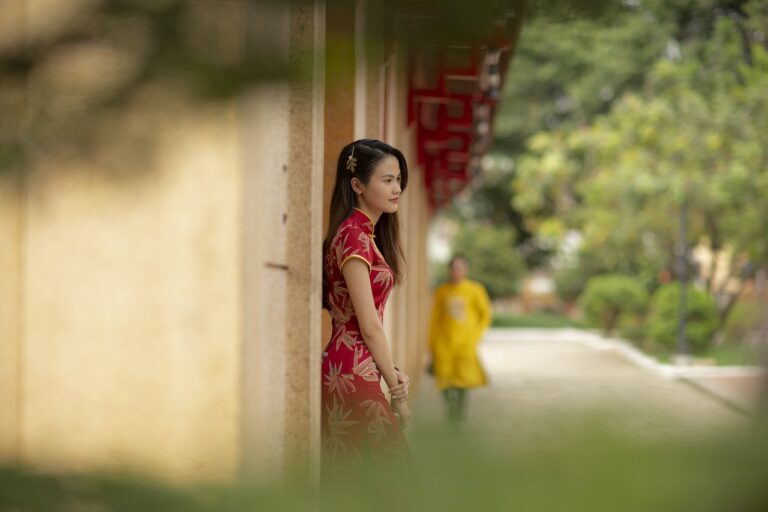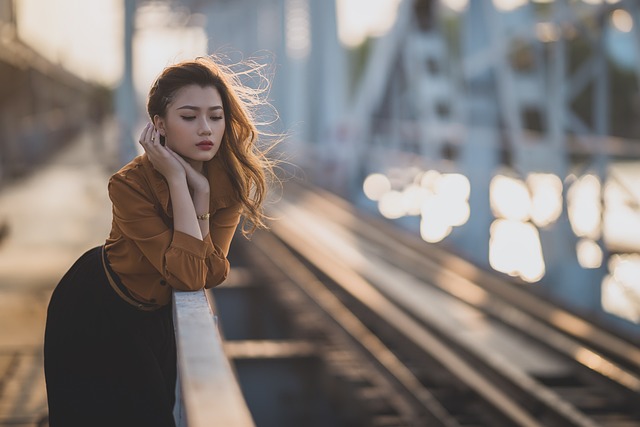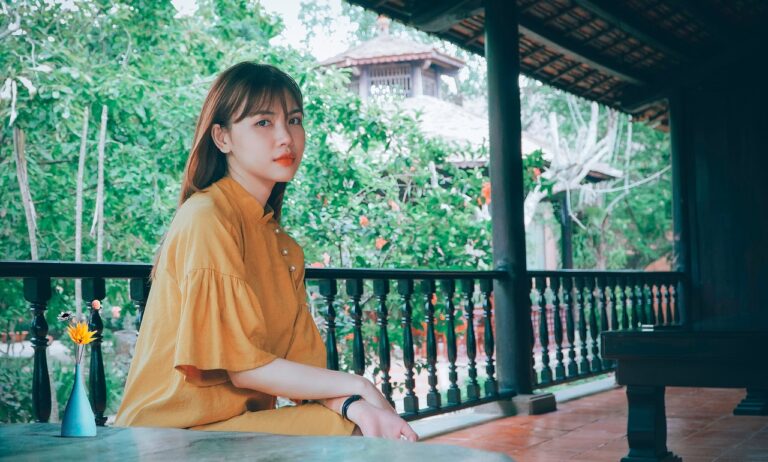Fashion and the Aesthetics of Decay: Clothing Design Inspired by Urban Decay
Urban decay is a term that encapsulates the deterioration and decline of urban areas. It is characterized by the degradation of infrastructure, abandoned buildings, and neglected spaces within a city. This process often occurs as a result of economic shifts, population changes, or urban planning failures.
The visual symbols of urban decay include graffiti-covered walls, broken windows, and overgrown vacant lots. These physical manifestations contribute to the overall atmosphere of neglect and abandonment that defines decaying urban areas. Despite the negative connotations associated with urban decay, some view it as a source of inspiration for artistic expression and cultural critique.
Exploring the Influence of Decay on Fashion
Fashion has long been intertwined with elements of decay, drawing inspiration from the worn textures and faded colors of urban landscapes. Designers have been known to incorporate distressed fabrics, frayed edges, and aged-looking finishes into their collections to evoke a sense of nostalgia and edginess. The concept of decay in fashion goes beyond just visual aesthetics; it also delves into the idea of impermanence and the passage of time, adding a deeper layer of complexity to garments and accessories.
In recent years, the influence of decay on fashion has become more pronounced, with designers experimenting with unconventional dyeing techniques, purposefully frayed seams, and deconstructed silhouettes. This trend challenges traditional notions of perfection in fashion and embraces a more raw and organic aesthetic. By incorporating elements of decay into their designs, fashion houses are able to create pieces that tell a story of urban life and reflect the gritty beauty found in the decaying structures of cityscapes.
The Intersection of Street Art and Fashion Design
Street art and fashion design share an intrinsic connection that continues to evolve and inspire each other. The raw, unapologetic nature of street art often translates seamlessly into bold and unique fashion statements. Designers draw inspiration from the vibrant colors, dynamic compositions, and urban energy characteristic of street art, infusing their collections with a rebellious edge that resonates with the counterculture ethos of street artists.
In turn, street artists frequently collaborate with fashion brands, bringing their artistic vision to life on pieces of clothing or accessories. This fusion of art and fashion blurs the lines between traditional artistic mediums and wearable art, creating groundbreaking collaborations that push boundaries and challenge conventional aesthetics. The intersection of street art and fashion design represents a dynamic exchange of creativity, where the streets become the runway and art becomes wearable expression.
What is urban decay?
Urban decay refers to the deterioration of the built environment in urban areas, often characterized by abandoned buildings, graffiti, and neglect.
How does decay influence fashion design?
Decay can inspire fashion designers to create edgy and gritty designs that reflect the raw and authentic aesthetic of urban landscapes.
How does street art intersect with fashion design?
Street art and fashion design often intersect through collaborations between graffiti artists and fashion brands, as well as the incorporation of street art elements into clothing and accessory designs.
Can street art inspire new trends in the fashion industry?
Yes, street art can inspire new trends in the fashion industry by providing a fresh and unconventional perspective that challenges traditional notions of beauty and style.
Are there any ethical considerations when incorporating street art into fashion design?
Yes, it is important for fashion designers to respect the original artists and communities behind the street art they are inspired by, and to ensure that they are not appropriating or exploiting the culture and history of street art for commercial gain.







